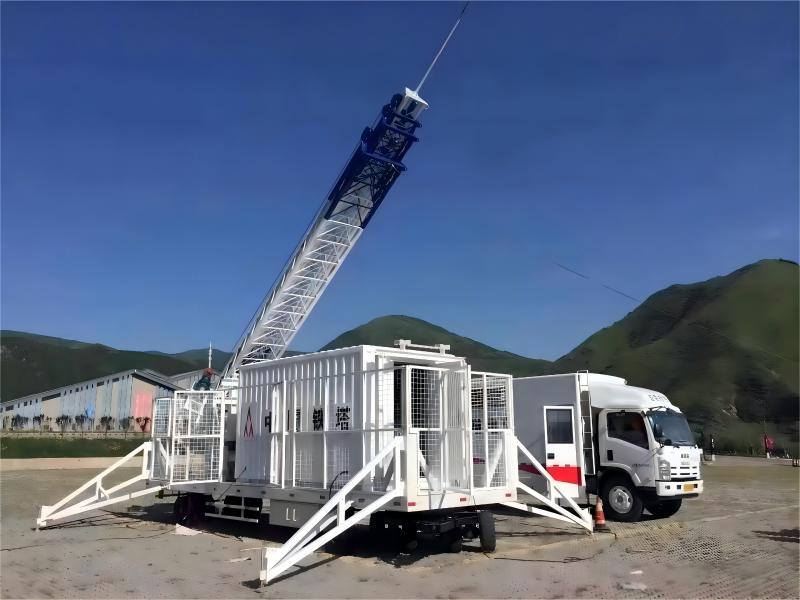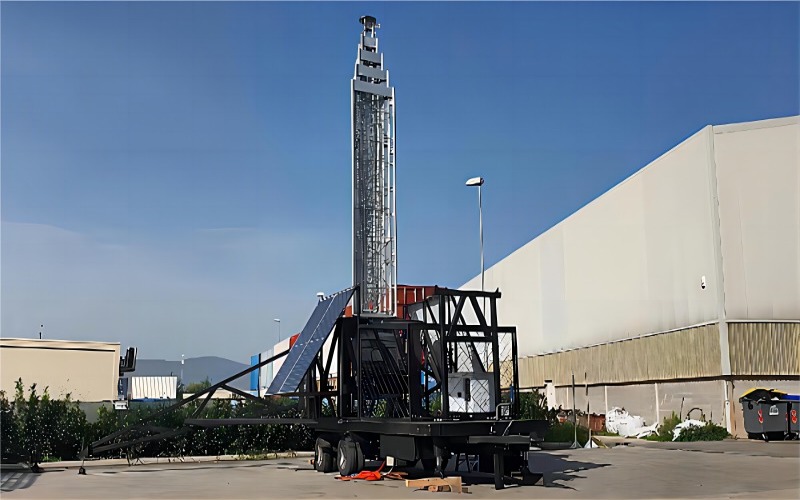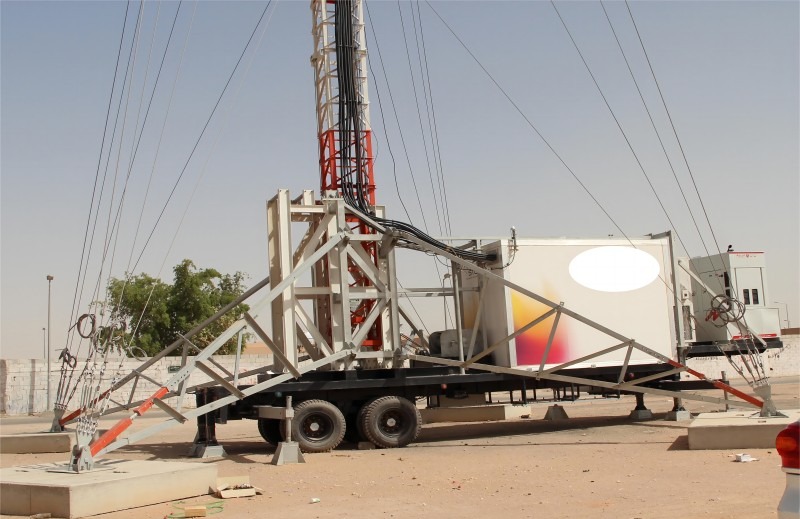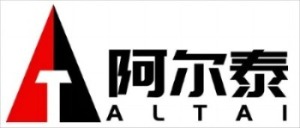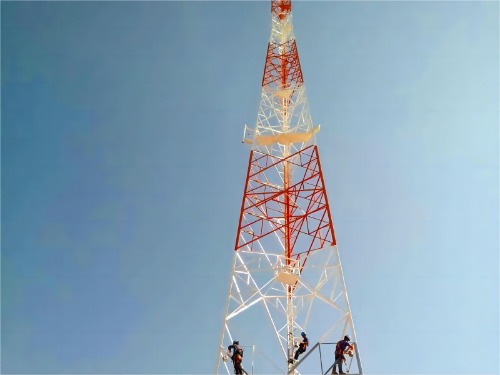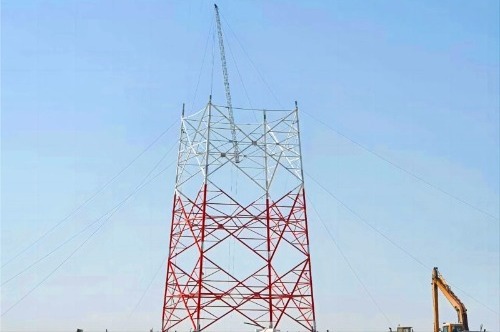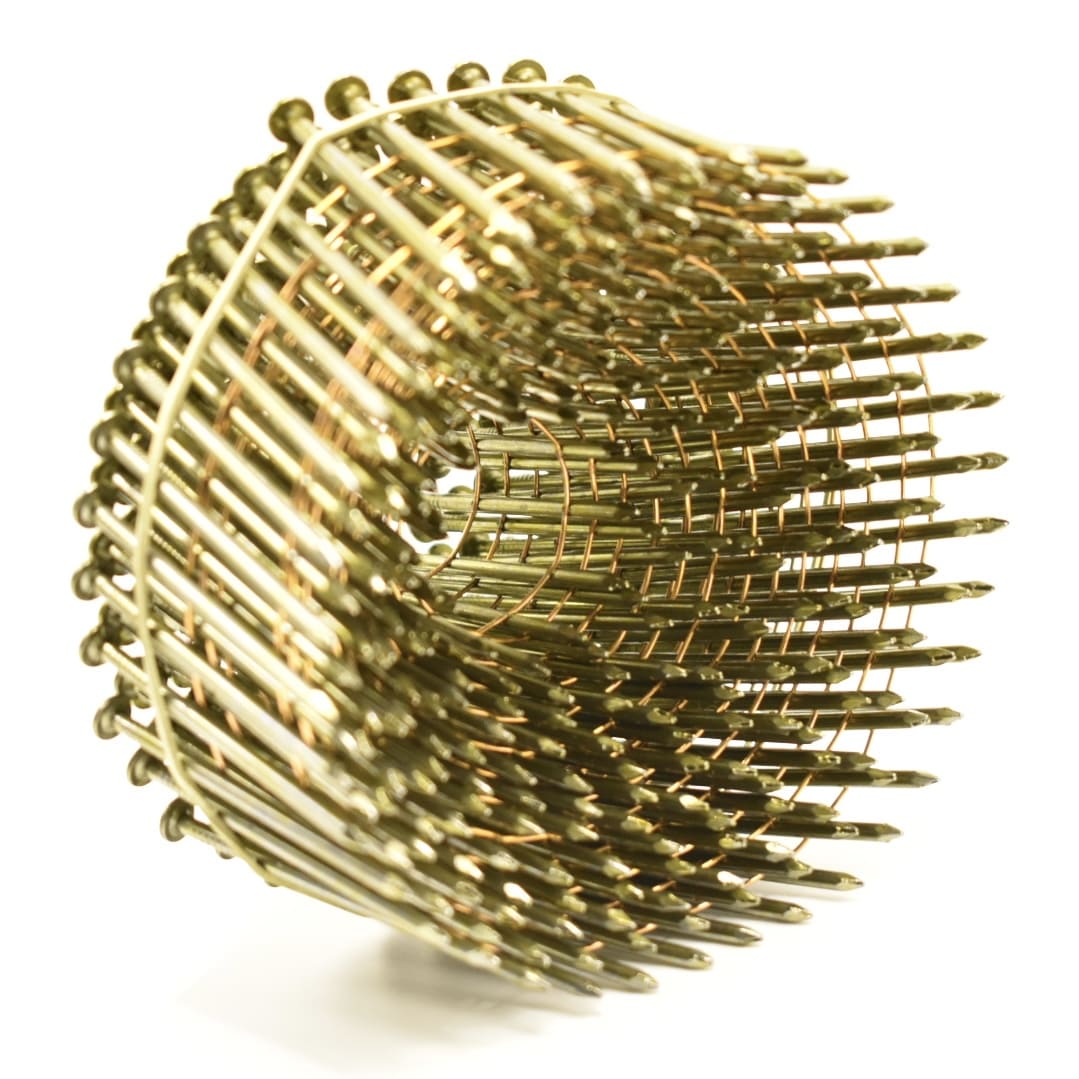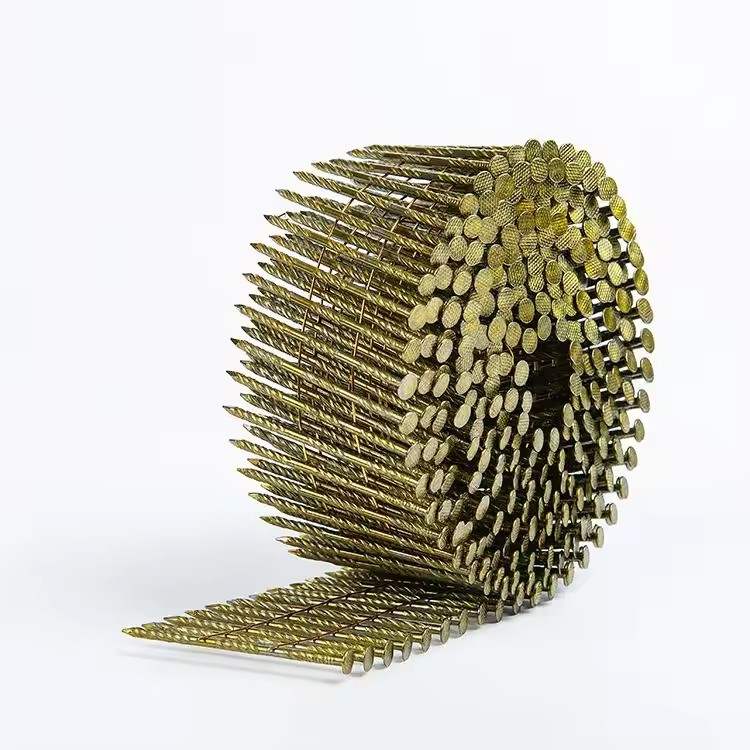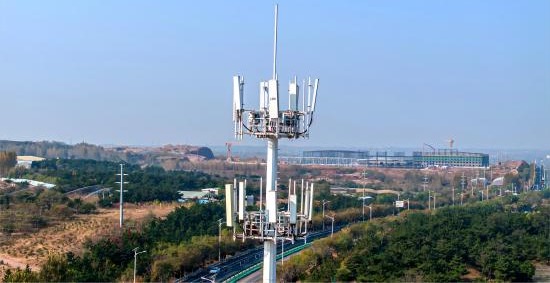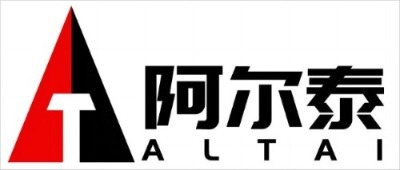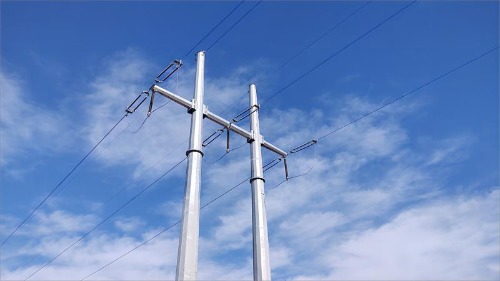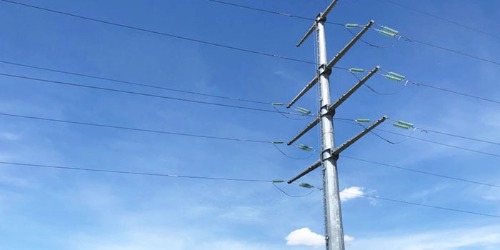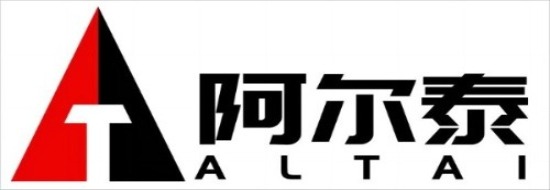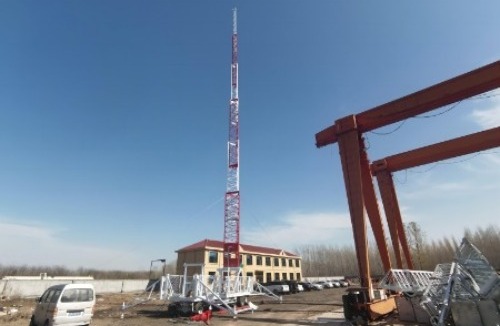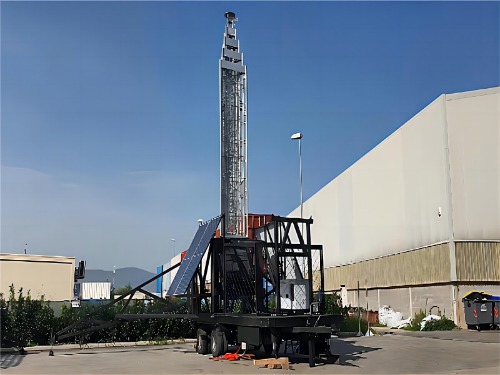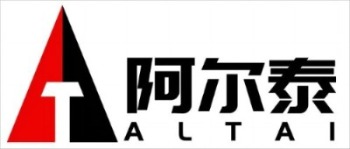What is the main difference between control cables and computer cables?
The control electrical system is suitable for polyoxyethylene insulated and polyethylene sheathed control electrical systems used in industrial and mining enterprises, energy transportation departments, and for control and maintenance lines with AC rated voltages below 450/750 volts. Extra voltage: U0/ is 450/750v. Computer cables are suitable for computers and automated power-saving systems with rated voltages of 500v and below that require high anti-scan components. The insulation of the electric ground wire flower adopts K-type Class B low-density and E-burning with anti-oxidation function. Polyethylene has high insulation resistance, good deformed voltage, small dielectric impurity and little influence on dielectric loss, temperature and frequency. It can not only meet the requirements of transmission performance, but also ensure the service life of the cable.
In order to reduce mutual crosstalk and internal interference between circuits, the electrical system adopts a shielded structure. The shielding requirements of the electrical system are adopted according to different situations: continuous combined screen, total shielding of the electrical system composed of lines, total shielding after the combined shielding of the textile and other methods. There are three types of shielding materials: round copper wire, copper tape, aluminum tape, and seat material composite tape. The shielding pair and the shielding pair have good insulation properties, so if a potential difference occurs between the shielding pairs during use, the signal transmission quality will not be affected. The temporary service temperatures of conductor wires are 70°C and 105°C, and the normal laying temperature should not be lower than 0°C.
1. The insulation levels of the two are different. In absolute terms, the insulation level of control cables is slightly higher. Control cable insulation is generally 450/750V.
2. Computer cables relatively emphasize the shielding effect and have stronger anti-interference performance. Most of them adopt the method of partial shielding + total shielding.
3. Control cables have higher machine strength and tensile strength than computer cables, especially those with steel armor. Suitable for indoor digital installation or even underground installation. The computer electrical system is slightly weaker in strength and not tensile-resistant, and is generally only laid outside the substation or cabinet room.
Many manufacturers don't know what's going on. They use the standards of control electronics to manufacture communication systems. Not only do the produced electronics look stupid, but they can't be matched with communication parameters! The industrial automation system is developing rapidly, and computer electronics designed in the past are The system cannot meet the requirements! Nowadays, the industrial fieldbus with R5485/RS422 interface has gradually replaced the traditional dashboard-type control system. It is not only complex in structure, but also easy to maintain and facilitate networking.
There are essential differences between control electrical systems and computer electrical systems. When purchasing this type of electrical system, you should ask the customer service staff clearly to prevent problems.

